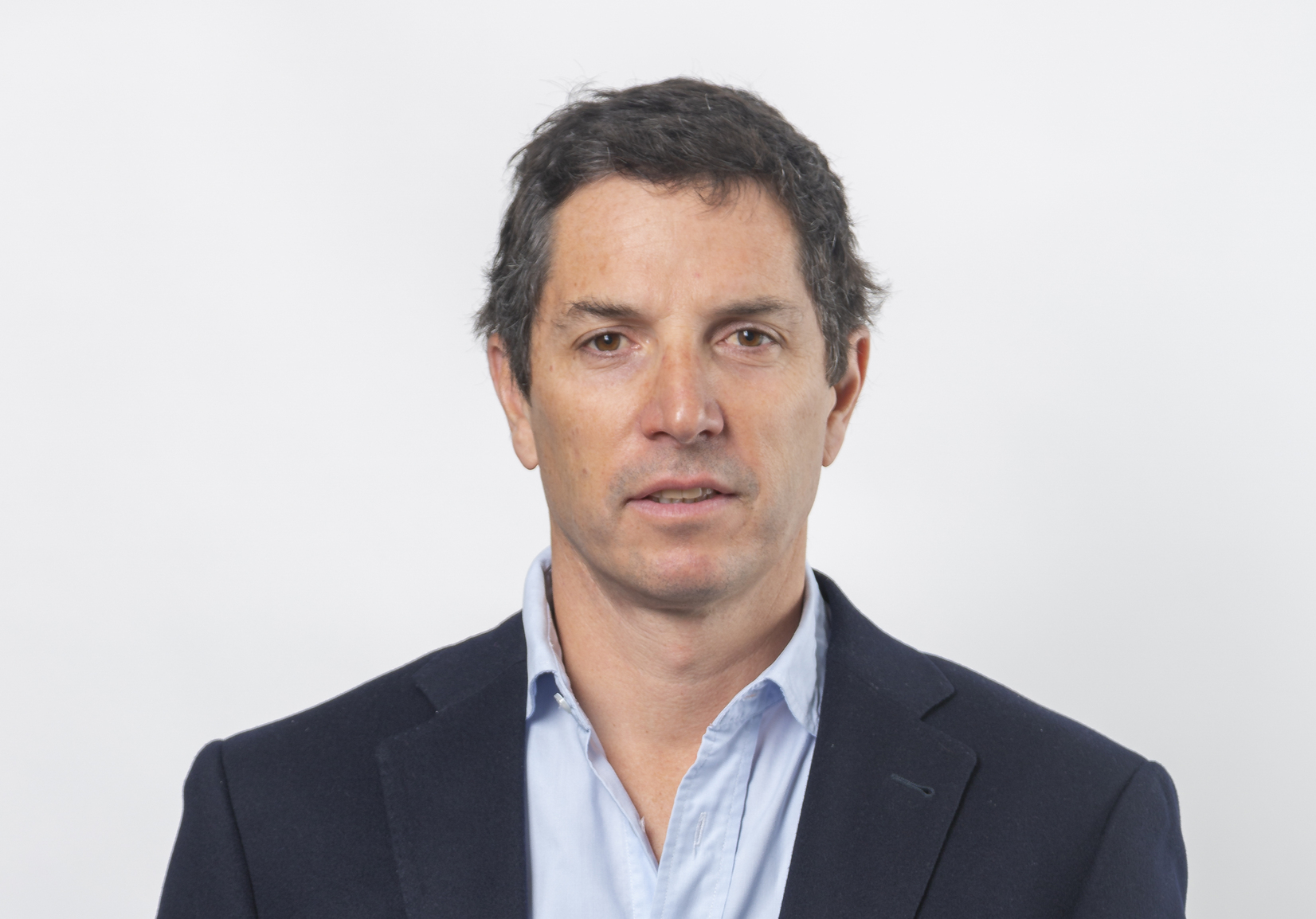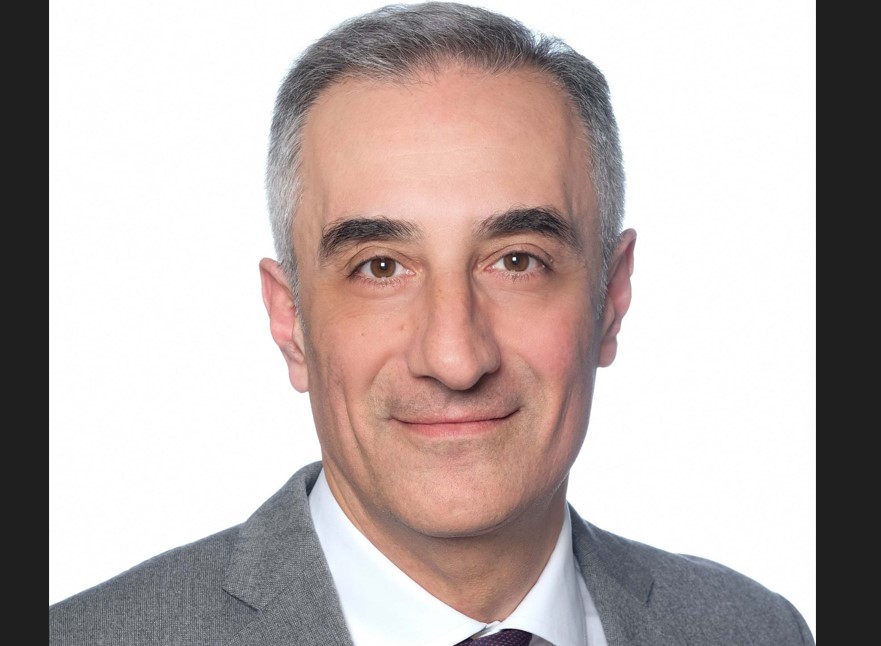Financial Advisors Remain Hesitant About Crypto as Blockchain Mining Hits Historic Lows
| For Amaya Uriarte | 0 Comentarios

Financial advisors continue to show reluctance towards cryptocurrencies, and the current landscape does not seem to favor a change in this trend as the profitability of mining these assets is at its lowest in the last six years.
According to The Cerulli Edge-U.S. Monthly Product Trends, 13.7% of financial advisors use or discuss cryptocurrencies with their clients, of which only 2.6% make recommendations. Another 26.4% hope to discuss or use cryptocurrency investments with their clients in the future, meaning that more than half do not expect to ever do so.
The report, which analyzes mutual fund and exchange-traded fund (ETF) product trends as of May 2024, explores the adoption of cryptocurrencies by financial advisors.
With $19.4 trillion in assets, the mutual fund structure remains an industry giant (even if product development focuses elsewhere), growing 3.3% in May through strong market returns. U.S. ETFs closed May with $9 trillion in assets, a new record for the structure, gathering strong flows ($89 billion in May) across a range of exposures, increasingly including active products.
With fees mostly within a narrow margin, brand familiarity is the differentiating factor that decides winners in the passive digital asset product ecosystem, and the same should be expected for future products.
In general, spot-priced Ethereum ETFs are not expected to achieve the same success as spot-priced Bitcoin ETFs, given the lesser acceptance of futures-based products and the lower expected total return relative to direct ownership of staked digital assets.
However, Kurt Wuckert Jr., CEO and founder of Gorilla Pool, warned about a massive shift in the Bitcoin mining economy while speaking to an audience in Miami at the Crypto Connect Palm Beach event.
“I cannot in good conscience ask you to spend your money on blockchain assets or mining equipment due to what is happening in the background right now. SHA256 blockchain mining is near its lowest profitability in six years, even though the price of BTC is still hovering near all-time highs,” Wuckert commented.
For many years, there has been an idea in Bitcoin that the price follows its hash rate as a kind of leading indicator. This notion has especially prevailed among BTC proponents, who have long maintained that as more computational power is dedicated to mining, the price of BTC will naturally rise. However, recent events, especially those observed in BCH and BSV, have debunked this myth, revealing a more complex and (in some cases) manipulated relationship between price and hash rate.
Although Bitcoin was never designed to deal with arbitrage between multiple SHA256 chains that refuse to orphan each other, the BSV blockchain has provided clear evidence that not all hash behavior is directly speculative. The fallacy that price follows hash is being exposed, particularly under the scrutiny of regulators, who are increasingly adept at identifying market manipulation in this area, adds the firm.
Evidence of this is that the largest hash companies in the U.S. are now publicly traded, and the price of their shares is added to the calculation of the company’s total profitability. Additionally, the simple fact of being a large consumer of electricity through hashing also creates profit opportunities in energy arbitrage, curtailment deals, and things like carbon credits, severely muddying the waters of Bitcoin’s basic hash economy, Wuckert explained.
This year, 54% of all BTC blocks have been mined by just two mining pools: Foundry USA (29%) and AntPool (25%), while another 23% have been mined by the third and fourth pools. In other words, more than three-quarters of all BTC blocks can be attributed to four mining pools, concludes the Gorilla Pool report.











